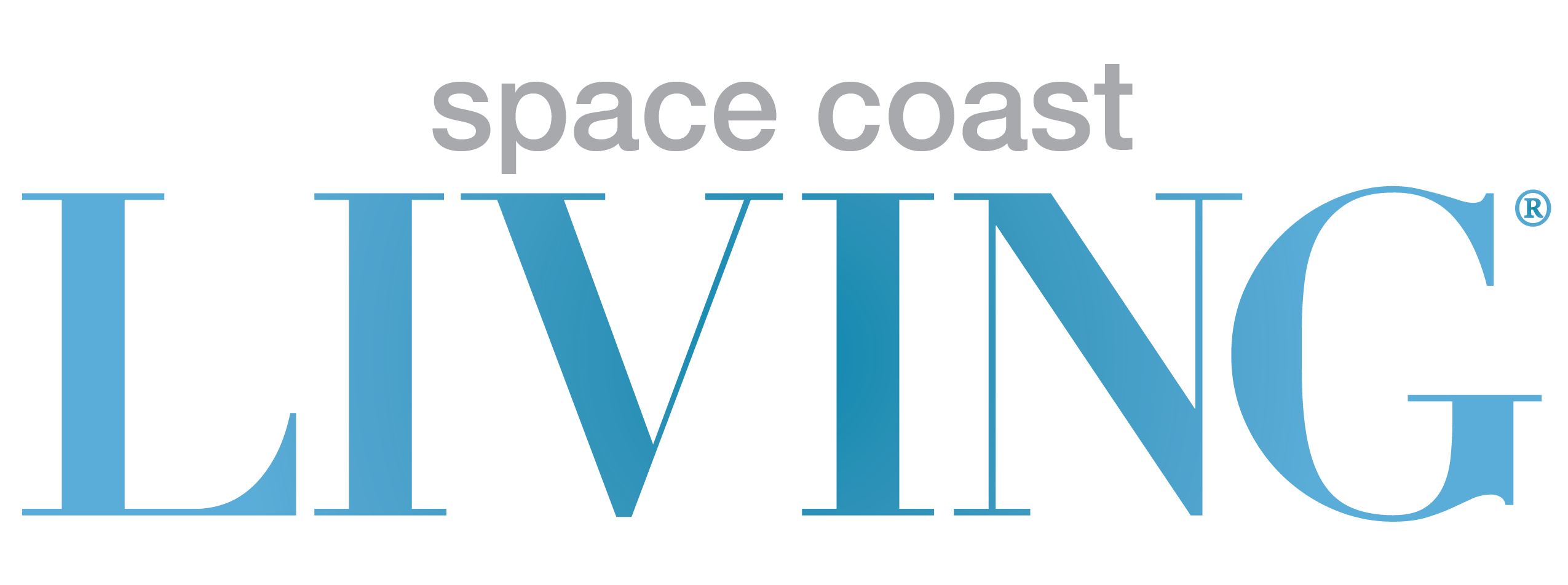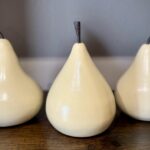
Story and photos by Allison Arteaga
Historical photos provided by Doc’s Bait House
Merritt Island’s Historic Blue Crab Cove Provides Insight Into the Past and Hope for the Future of the Space Coast’s Indian River Lagoon Ecosystem
Nestled up against the 520 Causeway and perched directly over the Indian River lagoon in a historic area of Merritt Island known as Blue Crab Cove, Doc’s Bait House has long been hailed by local fishermen as a top fishing outfitter in a region of the Space Coast once dubbed the “saltwater trout capital of the world.” Step inside and it’s easy to see how the shop earned its reputation.
 The walls of Doc’s Bait House are covered with trophy mounts and old photographs of prized catches, while live shrimp, mullet, pinfish, fiddler crabs, minnows and shiners dart about in white plastic tubs to the tune of humming bait bubblers. Shelves are stocked with a full line of gear and tackle, and you’ll often find locals swapping fish stories across the bar or pool table.
The walls of Doc’s Bait House are covered with trophy mounts and old photographs of prized catches, while live shrimp, mullet, pinfish, fiddler crabs, minnows and shiners dart about in white plastic tubs to the tune of humming bait bubblers. Shelves are stocked with a full line of gear and tackle, and you’ll often find locals swapping fish stories across the bar or pool table.
But if you’re looking for shop owner Tom “Doc” Norwood, a jovial, 78-year-old, fourth-generation Brevard County native with a thick, white beard, you’ll most likely find him sitting on the back porch deck, casting a weathered eye out over the lagoon. Doc’s Bait House rests at the southernmost end of Blue Crab Cove, a dip in the coast lined with docks, where seabirds dive for fish, dolphins frolic in the waves, and commercial crabbing boats pull up to unload their daily catch at famed wholesale seafood market Ms. Apples Crab Shack.
“This is the place to just enjoy yourself,” said Doc of his favorite riverside hangout. “You can come down here and see the water, the view speaks for itself, the sunshine is here for free, and you can just sit on the back porch of the bait house, enjoy a cold beverage if you want to, and watch what goes on.”
For Doc, looking out over Blue Crab Cove brings back memories of a simpler time. He grew up on the property, which his father bought in 1939 and developed into a fish camp, casino, and working waterfront. Back in those days, fishermen would hang their linen nets on racks about a half-mile south of the causeway and unload their catch either at Blue Crab Cove or across the river in Cocoa. Mullet sold for 7 to 9 cents per pound, which was enough to make a good living, and sea trout, red fish, black drum, and blue crabs were also plentiful.

Tom Norwood
Fishing in the Indian River Lagoon had been an important part of local economies since the mid-1800s, when Norwood’s great grandfather and other early settlers first arrived on the Space Coast following the Civil War. But changes came quickly, even in Norwood’s lifetime. “When I was growing up, we had 19,000 people in the whole county,” he recalled. “Now we’ve got half a million. Just breathing and walking around is different.”
Unfortunately, as the county grew following the 1960s space boom, the local fishing industry waned. A period of overharvesting was followed by decades of rampant coastal development, which funneled polluted runoff into the lagoon, fueling a decline in water quality that reduced catch rates. It became hard for fisherman and seafood wholesalers to stay in business, and as a result, the Space Coast’s traditional commercial fishing centers were sold off one by one to developers.
By the late 2000’s, Blue Crab Cove was the Space Coast’s last remaining working waterfront on the Indian River Lagoon. But plans to turn the area into luxury condominiums threatened to cut the public off from this piece of land and its storied commercial fishing heritage for good. Luckily, the government of Brevard County recognized the importance of keeping that heritage alive and secured enough grant funding to purchase the property from then owner Ric Griffis, who had acquired it from the Norwood family several years earlier.
Ric Griffis, a longtime commercial crabber and the owner of Ms. Apples Crab Shack, liked the idea of seeing the property’s history preserved, as did Doc. “This area is one of the jewels in the crown of Brevard County,” he said, “and that’s how I want to be remembered: as someone who helped to keep it open to the people.”
Since the county’s purchase of the land in 2010, the area has officially been named “Griffis Landing at Blue Crab Cove,” in honor of Ric Griffis’s father, and Tom Norwood and Ric Griffis proudly continue to own and operate Doc’s Bait House and Ms. Apples Crab Shack, respectively. The county’s Natural Resources Management Office has also made improvements to the surrounding property, like armoring the shoreline, restoring the boat ramp, and building an extensive dock system that stretches from the boat ramp all the way around the cove and through to the nearby Intracoastal Waterway Park.
Matt Culver, site manager for the Blue Crab Cove project and Boating and Waterways Program Coordinator for the County’s Natural Resource Management Office, says the next phases of improvements to the property, which he hopes to have completed within two years, will include landscaping and construction of a new Maritime Education Center focused on boating, fishing, aquaculture, and community lagoon restoration efforts. Moving forward, the county’s greatest hope is that Griffis Landing at Blue Crab Cove will become both a celebrated symbol of local history and a rallying point for environmental restoration efforts that seek a return to the glory days of a healthy Indian River Lagoon ecosystem.
“This used to be such an incredibly productive system, so if we can’t keep at least one working waterfront in business, what does that say for our ability to be good stewards of the system?” says Virginia Barker, Interim Director of the Natural Resources Management Office. “This is sort of our last chance to take good enough care of the lagoon to keep that heritage alive and functioning.”
For now, Brevard’s lagoon heritage does at least continue to burn brightly in the memories of people like Tom Norwood. But to truly restore the ecosystem will require a bit of help from all of us. While Brevard County works on storm water and dredging projects to remove pollutants from the lagoon, concerned citizens can do their part to improve water quality by following new fertilizer ordinances and volunteering with community-based ecosystem recovery projects like Brevard Oyster Restoration. To get involved, please visit Brevard.IFAS.UFL.edu/ordinances.shtml and BrevardOysterRestoration.org.
Doc’s is located at 588 W. Merritt Island Causeway in Merritt Island. For information call (321)452-2288 or visit DocsBaitHouse.com
This article appears in the June 2015 issue of SpaceCoast Living.
Did you like what you read here? Subscribe to SpaceCoast Living




